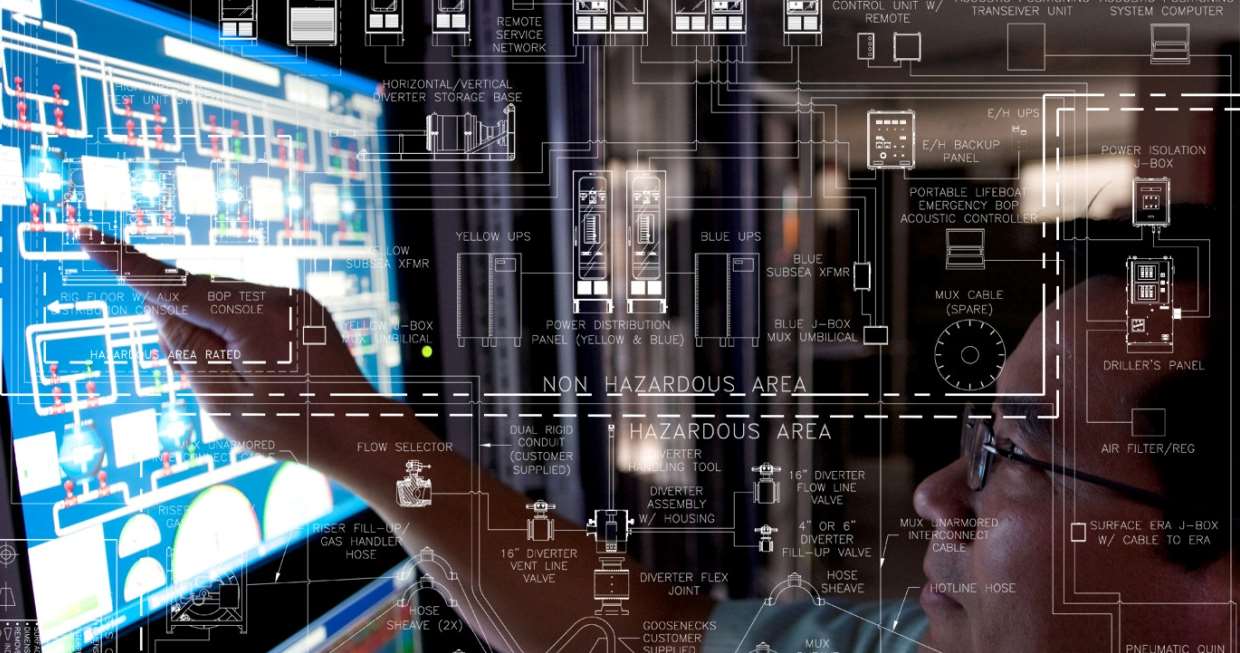A diverse range of methods and equipment are used for obtaining samples from the sea and seabed, depending on the material or measurement required.The physical and biological complexity and dynamism of most marine ecosystems results in high spatial and temporal variability in Read More
Desalination of seawater produces brine, and discharges it into the sea. It is important to understand how brine is dispersed into the sea so that we can minimize its potential environmental impact. The tidal currents transports brine plumes back and forth before Read More
The scientific study of marine ecology encompasses marine-life habitat, populations, and interactions among organisms and the surrounding environment. The impact of human activity such as medical research, development, agriculture, fisheries, and forestry is also studied under marine ecology. Marine studies address fundamental Read More
The marine impact assessment methodology implements a combined midpoint/damage approach, linking all types of life cycle inventory results. New concepts and methods have been developed, especially for the comparative assessment of human toxicity and ecotoxicity. The measurement of changes in the structure Read More
To control, minimize and protect environmental damage to sensitive coastal stretches from unplanned human interference, The GOI, in 1991 issued a major notification “Coastal Regulation Zone rules”. It is an integrated approach to coastal zone problems and for sustainable development. The structured Read More





